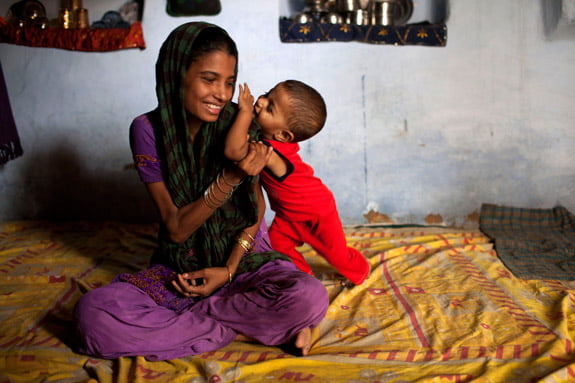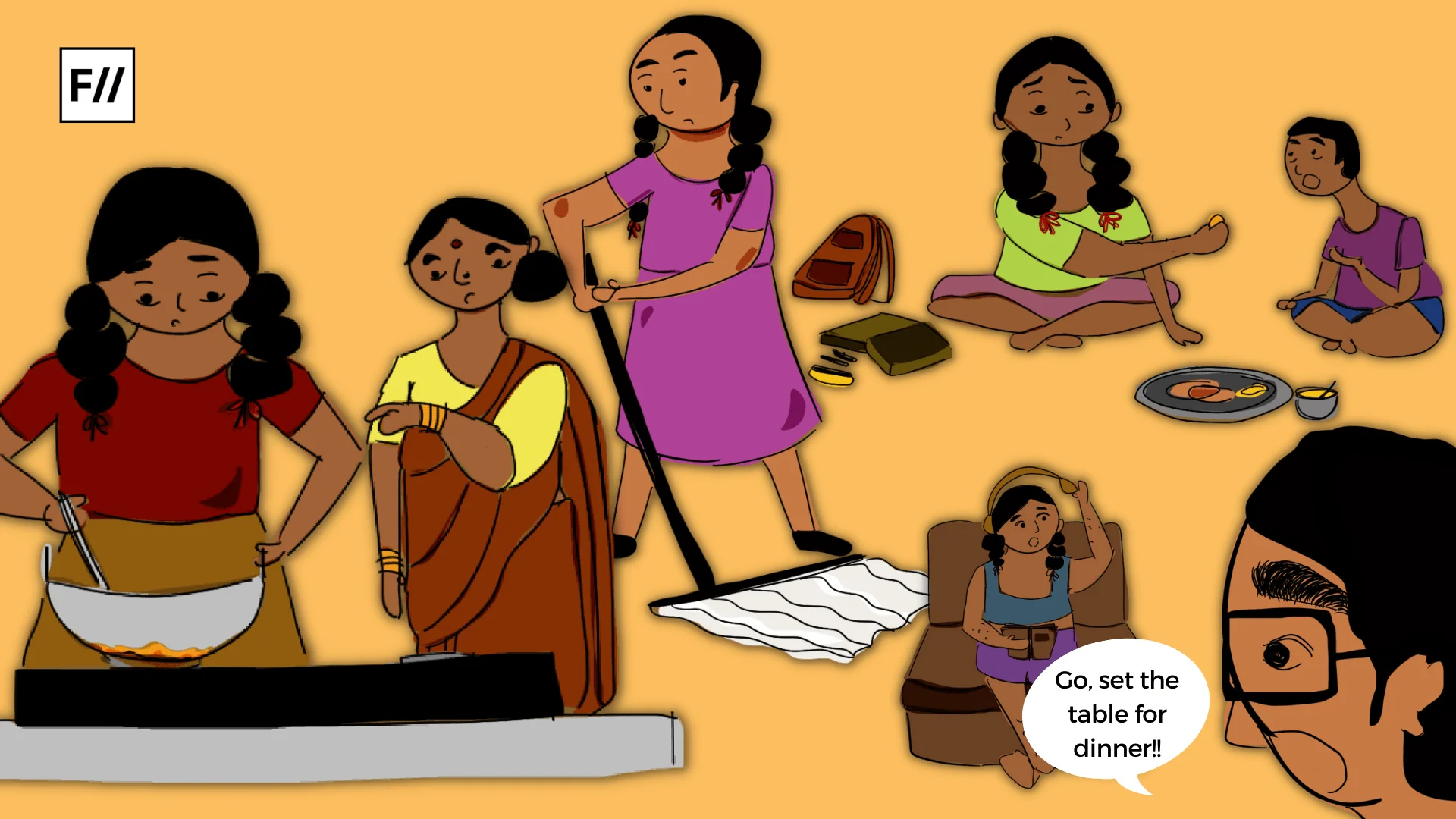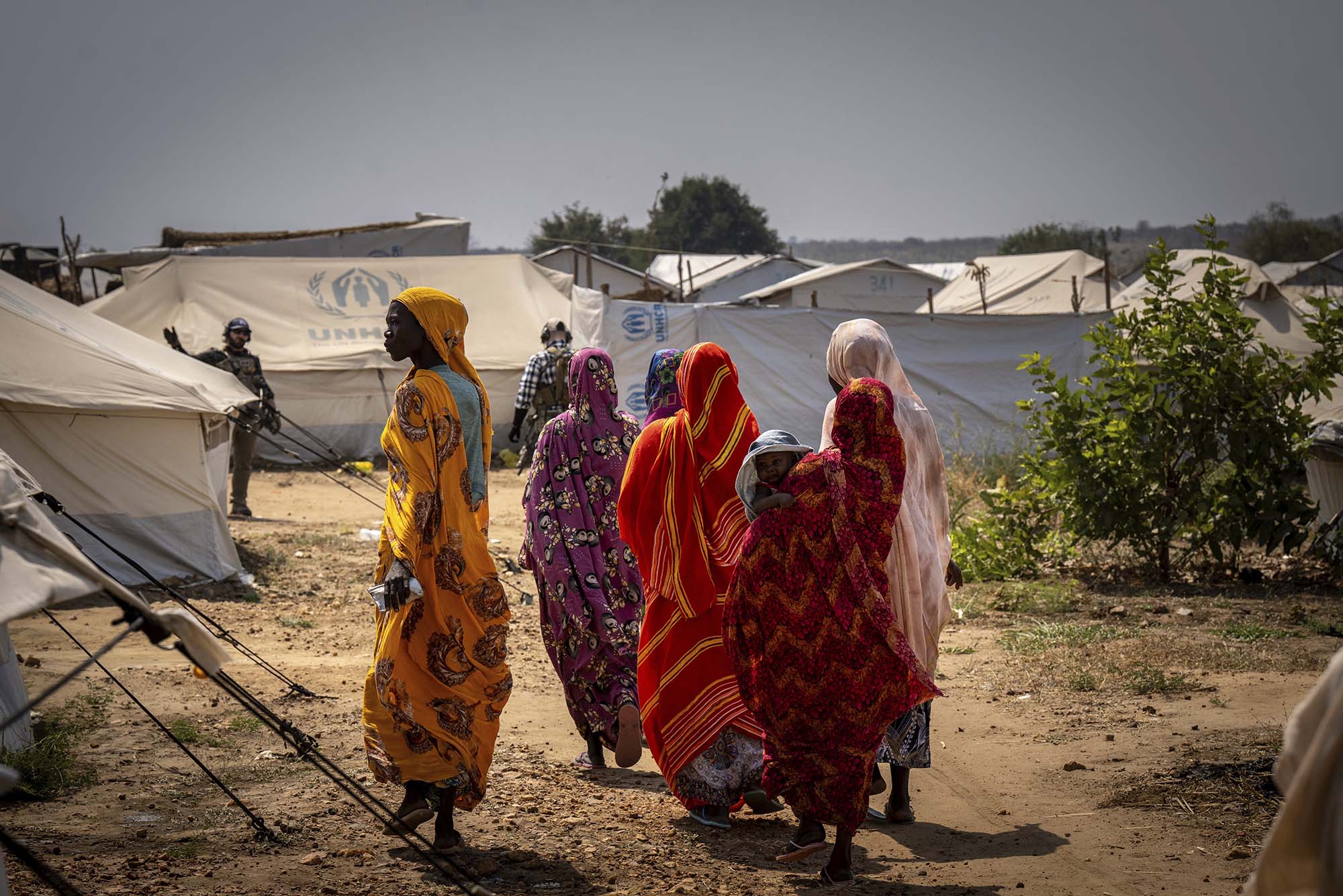In 2017, an estimate of 11.8 million teenage pregnancies occurred in India. According to the National Family Health Survey 4 (NFHS 4), 7.9% of women aged 15-19 years, were already mothers or pregnant at the time of the survey, with the prevalence higher in rural areas (9.2%) compared to urban areas (5%). The burden of teenage pregnancies was highest in Tripura (18.8%), West Bengal (18%) and Assam (14%) in the country (NFHS-4).
As far as the latest National Family Health Survey-5 data is concerned, the rates have increased from 18.8% to 21.9% in Tripura, reduced by just 2% in West Bengal and Assam.
Pregnancy and childbirth complications are the leading cause of death among 15 to 19 year-old girls globally, with low and middle-income countries accounting for 99% of global maternal deaths of women aged 15 to 49 years. Teenage pregnancy is a global problem and is more likely to occur in marginalised communities, commonly driven by poverty, lack of education and employment opportunities. It remains a major contributor to maternal and child mortality, and intergenerational cycles of ill-health and poverty.
The government of India introduced the Prohibition of Child Marriage Act in 2007, undertook various awareness campaigns to enhance awareness around the ill effects of child marriage and teenage pregnancy through mass media campaigns. The efforts led to decline in teenage pregnancies by almost 50% for the country but reduced only by 2% for states like Assam.
Pregnancy and childbirth complications are the leading cause of death among 15 to 19 year-old girls globally, with low and middle-income countries accounting for 99% of global maternal deaths of women aged 15 to 49 years.
In a bid to understand the causes of teenage pregnancy better in Assam, we carried out a comparative study. The study findings reveal that teenage pregnancies are caused due a myriad of intersectional causes. Lack of education, inaccessibility to contraception and health information and autonomy over decision-making emerged as the key barriers. The study which was conducted with over a 1000 participants found that the prevalence of teenage pregnancy was higher in rural Assam, among women who had no schooling or less than 5 years of schooling, women belonging to the Muslim community and those belonging to the Scheduled Castes compared to other religions and castes.
Teenage pregnancy has a direct or indirect bearing on a number of social development indicators—education, gender, health and nutrition indicators—causing/leading to severe anemia in pregnancy, low birth weight, and childhood malnutrition among others. Addressing teenage pregnancy requires us to also comprehend it from an intersectional lens of gender and health, making it imperative to understand the determinants of the phenomema in high occurrence areas.
The Socio-Economic Status of Teenage Mothers
While a teenage pregnancy impacts the entire socio-economic fabric of the society, the mothers are the worst hit. As per the study in the most vulnerable districts of Assam, a greater proportion of teenage mothers married due to poor economic condition of the family or after elopement as compared to women who became pregnant after 20 years of age. A higher proportion of women belonging to scheduled castes (SC) and other backward classes (OBC) experienced teenage pregnancy compared to women belonging from scheduled tribes (ST) or general category.
Further, nearly 47% of the teenage mothers lived in a joint family while a greater proportion of women from the comparative group stayed in a nuclear household. While a significant number of teenage women had attended school, a greater number of women from comparative groups (non-teenage mothers) have studied till 11thstandard or above.
A striking observation that the study made was with respect to the age of their family members especially, women. While the mother-in-law’s age at her marriage did not differ significantly among the two groups, the age of the participant’s own mother at the time of her marriage was notable among the two groups. Most mothers of teenage pregnant women were married under the age of 16.
Access And Usage Of Contraception and Other Health Services
A significantly lower proportion of teenage mothers felt that contraceptives were readily available to them as compared to the comparison group. There is also a significant difference in the contraceptive use between teenage mothers and women who became pregnant after 19 years. The comparison group of non-teenage mothers reported a significantly higher rate of contraceptive use as compared to teenage pregnant mothers.
The sexual health education needs to be clubbed with social-emotional learning. Teenage pregnancies or unwanted pregnancies are limited to detrimental sexual reproductive health outcomes but come with humongous social emotional impact on women.
Furthermore, 77% of the women from the comparison group felt there was a risk as compared to 50% of the teenage mothers and this difference was found to be statistically significant. 80% of women in the comparative group availed four or more ANCs as compared to 66% teenage mothers. However, an encouraging statistic was that majority participants from both groups (over 77%) preferred to deliver at the government facilities reducing the risk of unattended skilled birth.
All participants claimed that awareness about contraceptives and their availability has increased but continues to be discouraged in society. Women admitted to their husband’s reluctance and social pressure to not use any contraceptive measure but refuted any religious influence. Most of the women described pills as the most convenient mode of contraception and shared that they take the pills without any information to their husbands or other family members.
While the source of health information for the respondents was the health frontline workers, a greater proportion of teenage mothers depended on sources outside of the three frontline workers including family, friends, panchayat leaders and religious influencers. In particular, pregnant teenagers were significantly more likely to obtain information from religious institutions as compared to the comparative group.
Additionally, a majority of the participants had access to mobile phones. While the usage of radio is comparable among both the groups, a significantly higher number of women in comparative group have access to a television and a computer or laptop as compared to teenage mothers. Use of social media was also found to be lower among teenage mothers as compared to the comparison group.
Revamping the Sexual Health Programme in India
Recognising its dire need to address the health (including sexual and reproductive) risks of its young population, India launched the Adolescent Reproductive and Sexual Health Strategy (ARSH) (2005–2013) and subsequently Rashtriya Kishor Swasthya Karyakram (RKSK) or national adolescent health programme (2014-present). While RKSK is an evolution from ARSH, India still has a long way to go. At the policy level, convergence has emerged to be a key issue. As per a recent rapid evaluation, inter-departmental linkages continued to challenge implementation due to lack of ownership over programme components of non-health departments, and monitoring was found to be weak.
Also read: The Ridiculous Curtail On Condom Advertisements
Along with expanding the scope of services, it is imperative that the route through which they are being delivered is also expanded. The programs are still focussed on FLWs and peer educators and need to increasingly include the private providers, counsellors and educators. The sexual health education needs to be clubbed with social-emotional learning. Teenage pregnancies or unwanted pregnancies are limited to detrimental sexual reproductive health outcomes but come with humongous social emotional impact on women. In addition to the peer educators, trained counselors can be a key resource for providing psychosocial support.
Keeping in mind the intersectionality, the sexual health program in India needs to be delivered with interdepartmental convergence, involving educators and counselors along with an element of psychosocial support. The trick of delaying the age of marriage and teenage pregnancies can be two fold—one educating the girls and ensuring that they stay in schools and complete their desired education and on the side, involve men and other community members in the conversation.
Extending the pregnancy conversation to men in influential positions
The conversation around women’s reproductive health is often socially isolated. While conception is through a union of a man and a woman the responsibility of healthcare, childcare is often restricted to the woman. Husbands, fathers, brothers, fathers-in-law, faith leaders, PRI members and other community influencers need to be a part of the conversation around pregnancy.
It is time we also focused on men in our family planning programmes, while the basket of contraceptives is widening for women it increases the onus on women without realising that women have limited autonomy and decision making space of birth control. While this issue has been identified decades ago by policymakers, there continues a gap at the implementation level.
Teenage pregnancy is also a consequence of poor economic status, lack of education, early marriage, lack of willingness to use contraception, lack of involvement in child care and the cycle goes on and on. Teenage mothers are influenced beyond the frontline health workers and community influencers, often men, play a significant role.
The trick of delaying the age of marriage and teenage pregnancies can be two fold, one educating the girls and ensuring that they stay in schools and complete their desired education and on the side involve men and other community members in the conversation.
The vicious circle of delaying pregnancy, spacing birth and ensuring health and nutrition of mothers could all be highly impacted by involving detailed sensitisation programmes for men. Additionally, female health workers often face personal, social and cultural barriers interacting with male members of the community resulting in leaving them out of the conversation. Increasing the male frontline workforce can take India’s family planning and other sexual and reproductive health programmes a long way.
Also read: Sexual And Reproductive Health: The Missing Link In NEP 2020
Author’s Note: The study on identifying risk factors of teenage pregnancy was conducted by Piramal Swasthya and the results are under publication.
Prachi Sharma is a development practitioner deploying a feminist lens to every sphere of her work and life. With expertise in women’s sexual reproductive health and rights, Prachi has worked in various gender and women’s health projects in India and Africa. For her work with women and young adults, the Swedish Institute recently recognized her among 60 young gender leaders in the South Asia and MENA region. A graduate in women centered social work from Tata Institute of Social Sciences, Mumbai; Prachi can be reached on LinkedIn and Instagram.
Dr. Nisha Sharma is a public health practitioner with specialization in health systems. She has widespread experience in public health program implementation especially in reproductive and child health, with core interest in women’s health, community processes and immunization. She can be reached on LinkedIn.
Featured Image Source: Healthy Newborn Network
About the author(s)
Prachi Sharma is a development practitioner deploying a feminist lens to every sphere of her work and life. With expertise in women’s sexual reproductive health and rights, Prachi has worked in various gender and women’s health projects in India and Africa. For her work with women and young adults, the Swedish Institute recently recognized her among 60 young gender leaders in South Asia and the MENA region. Currently working with the Piramal Foundation, she likes to laze, daydream, and consume all kinds of cinema and music.




